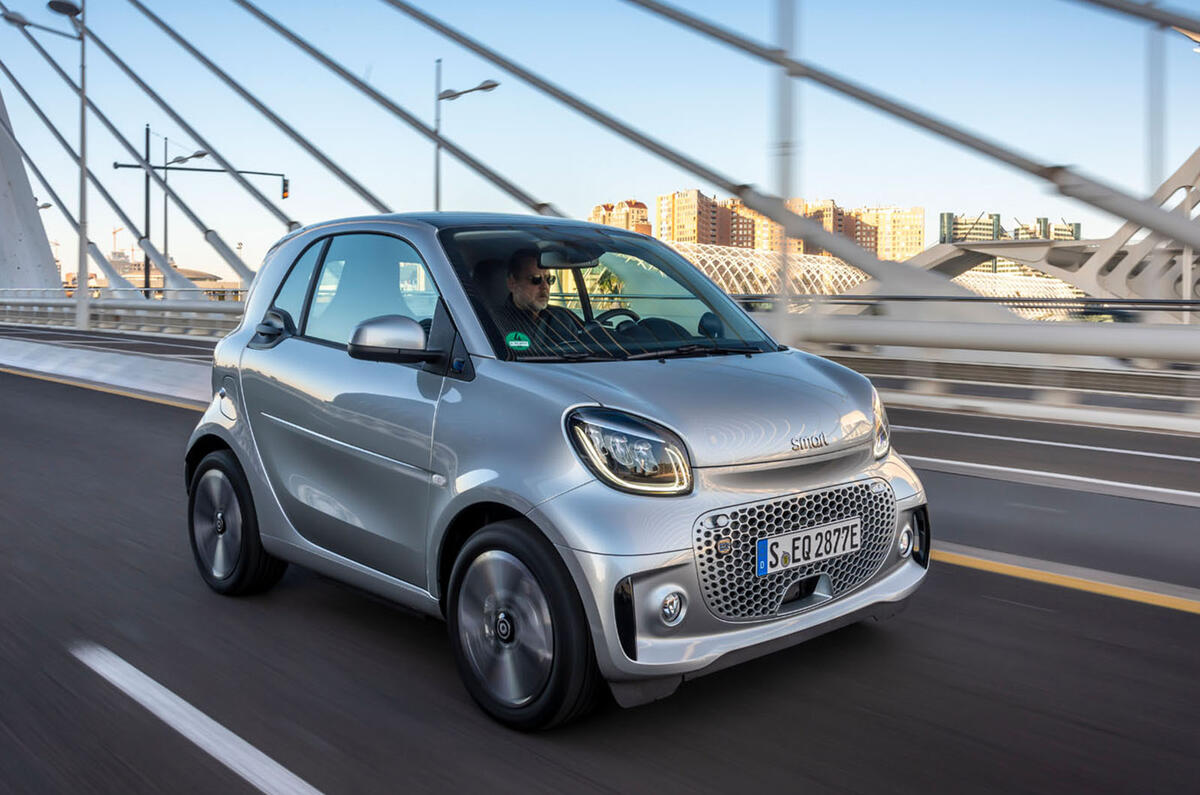Not that you’d know from the look of this new Fortwo, but the scene at Smart is changing.
Daimler recently sold half the brand to Chinese giant Geely – parent company of Volvo, Lotus and, perhaps in the near future, beleaguered Aston Martin – with the intention of moving production to China for the next-generation models, which are due in 2022 and will likely include some form of B-segment crossover.
The corporate management team has also been shaken up and the brand is now an all-electric one, despite the fact zero-emission Smarts accounted only for 18,000 of 118,000 worldwide sales last year. That's bold, but it also feels like a move in the right – and possibly the only – direction.
However, beyond the backstage bustle, from now until 2022 the ‘Smart car’ itself will exist in something of a holding pattern, with these 'new' but, in truth, largely unchanged Smart Fortwo coupe and cabrio models offered alongside the four-door Smart Forfour.
The three-cylinder petrol engines have gone, but aside from the LED headlights and larger grille, there’s little different about how these cars look, and all will use the same reasonably perky 80bhp electric motor and 17.6kWh battery previously fitted to all electric Smarts. Don’t expect any lifetime upgrades, either.







